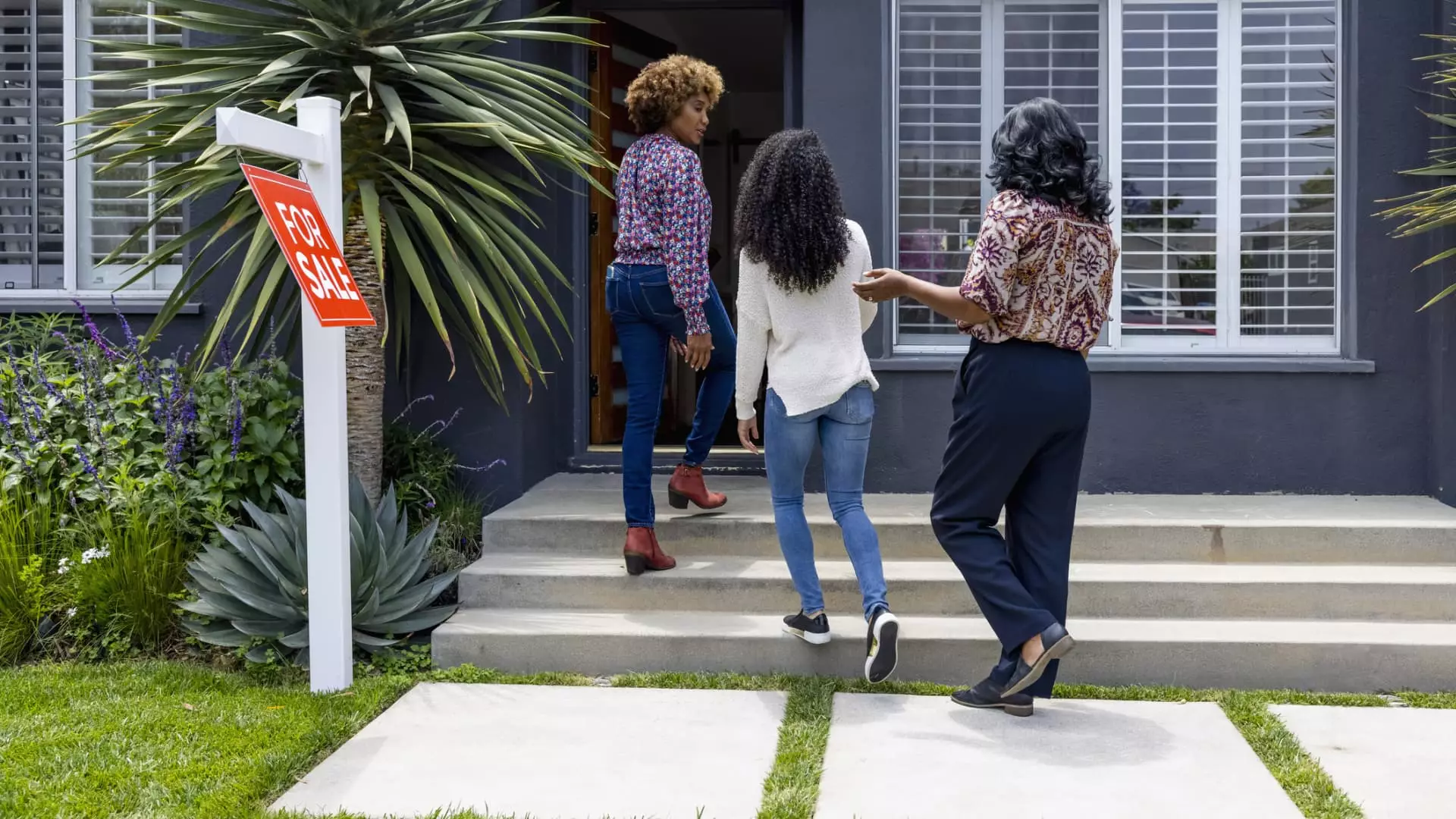In today’s housing market, the dream of owning a home is becoming increasingly unattainable for many Americans. With higher mortgage rates and a limited supply of homes relative to the high demand, prices are soaring and creating financial strain for potential buyers. The National Association of Realtors reported that the median sales price for homes in July reached $422,600, marking a 4.2% increase from the previous year. This surge in prices has made it difficult for many buyers to enter the market.
The Impact of Mortgage Rates
While home prices continue to climb, there has been some relief for buyers in the form of lower mortgage rates. Following a period of high rates, the average rate for a 30-year fixed-rate mortgage dropped to 6.35% in August, the lowest it has been in 15 months. This decrease in rates has been attributed to the potential for an economic slowdown induced by the Federal Reserve. Despite the current attractive rates, some buyers are still hesitant due to the historically low rates seen in recent years.
Understanding Mortgage Options
For buyers considering purchasing a home and potentially refinancing later, it is crucial to evaluate the rewards and risks associated with different types of mortgages. While zero-down mortgages may seem appealing as they allow buyers to finance the entire cost of the home without a down payment, they come with risks. These loans often involve two mortgages, covering different percentages of the home’s cost, and can become due and payable upon sale or refinancing.
Another option that buyers may come across is the “buy now, refinance for free later” mortgages. Although they may appear attractive, these loans often result in higher rates due to financing closing costs. There is no such thing as a free lunch in the mortgage market, as banks are unlikely to offer no closing cost loans at the lowest possible rate. Additionally, gambling on mortgage rates with the expectation of refinancing in the future entails its own set of risks.
In the face of fluctuating mortgage rates and housing prices, timing the market perfectly is nearly impossible. While declining rates may spark a surge in homebuying demand, leading to higher prices, waiting for the optimal rate may result in a higher purchase price. Ultimately, there is no ideal time to buy a home. According to experts, if buyers find a property they like and can afford, they should seize the opportunity rather than waiting for the market to align perfectly.
As the housing market continues to evolve, the outlook remains uncertain. The future trajectory of mortgage rates and supply levels will play a crucial role in shaping the market dynamics. While refinancing may be a viable option for those already in the market, there are no guarantees of securing better rates in the future. Ultimately, the decision to buy a home should be based on personal financial considerations and the individual’s readiness to take on the responsibilities of homeownership.

